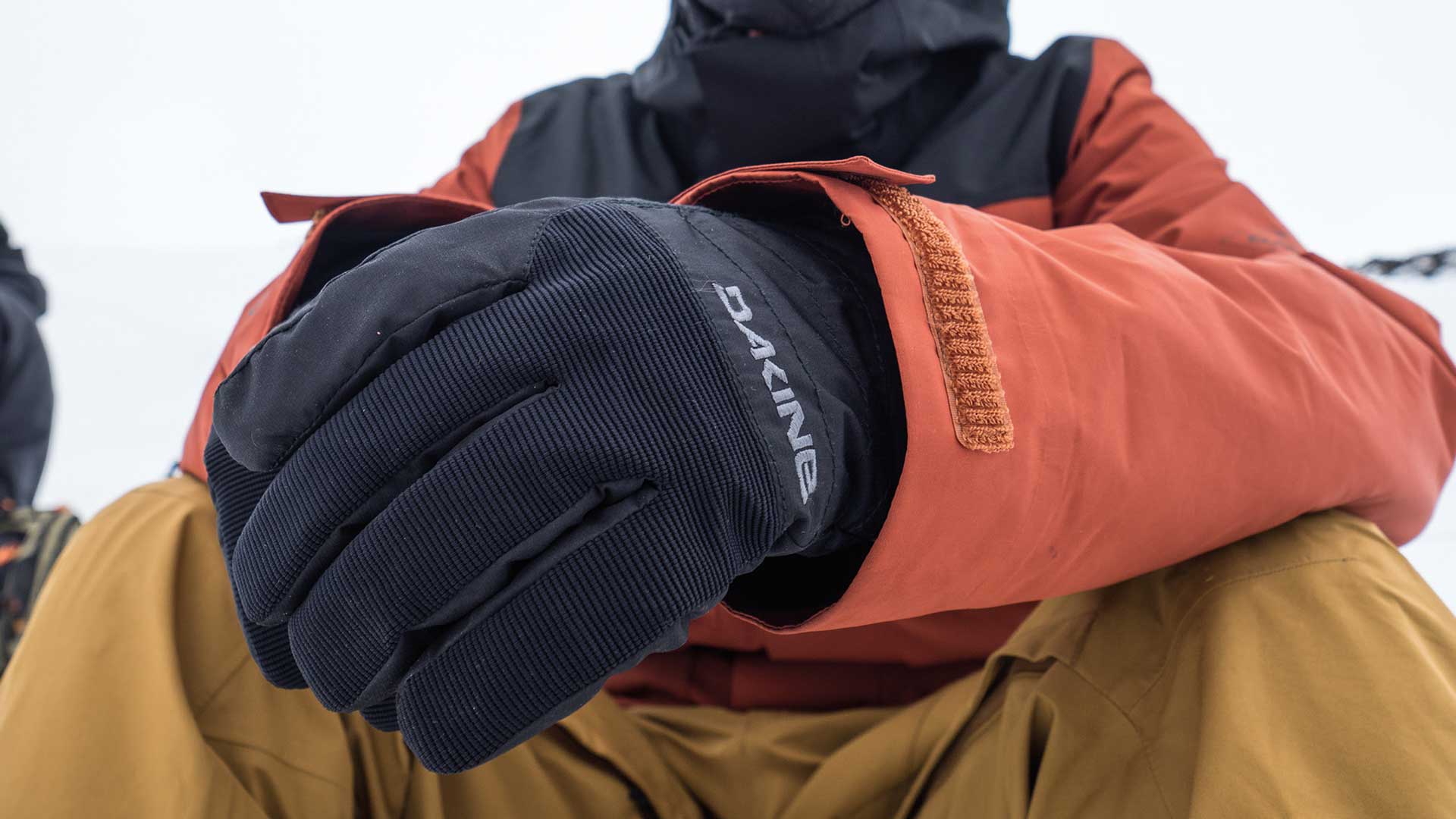Reading Time: 4 minutes
Winter is getting started up here in Park City. Remember how great last season was? Remember the 20 inch storm on Christmas Day or the never-ending snow in January and February? We had 14 days with double digit snow fall!
Did you get to enjoy all those epic snow storms and all the great days in between? Or did cold fingers send you home early? Today at jans.com we ask you one of the most important questions in the snow sports world: gloves or mittens?
Gloves versus mittens is really more of a lifestyle choice that I can’t make for you. But the quality of your snowsport handwear is what makes the difference between enjoying the snow all day and sitting in a crowded ski lodge sipping on overpriced hot chocolate while you warm up your digits. Let’s start with some basics.
Gloves: Each finger gets its own space separate from other digits. This option gives you the most dexterity while out on the slopes, so you’re free to work zippers, boot buckles, and other adjustments on the fly without having to expose your bare hands.
Mittens: All fingers are together so they can share heat. The thumb is still isolated for a limited level of dexterity. They are still plenty capable of holding a ski pole or adjusting a snowboard binding.
Hybrids: Often referred to as a three-finger, lobster claw, or trigger finger glove, a hybrid usually isolates the thumb and index finger while grouping the pinky to middle fingers. This allows the best combination of warmth and dexterity.
Now, not all gloves, mittens, and hybrids are created equal. One style is not necessarily outright better than the rest. To determine what the best possible glove or mitten would be, you need to look on the outside and inside of your handwear choice. How warm and dry your hands will stay comes down to how well the inside and outside work together.
We can break down handwear’s two main parts further by looking at the individual elements. Here are the main elements that determine how warm your fingers and hands will be out in the snow.
Insulation: While down is used for extreme cold weather and mountaineering gloves, synthetic insulation is preferred for ski and snowboard handwear because it keeps you warm even when it’s wet. Primaloft and Thinsulate, common synthetic insulations, both offer low bulk and high heat retention.
Those who experience chronically cold hands may consider investing in battery-powered heated handwear.
Liners: Most gloves and mittens offer some sort of a liner—whether a GORE-TEX insert or some proprietary technology like Marmot’s MemBrain. These barriers help prevent moisture from the outer glove from getting into the liner, while still allowing moisture from the inside to escape.
Shells: The most common shells are usually some sort of synthetic material with reinforced fingers and palms. Some utilize durable leather either on the palm or on the entire glove. A leather glove or mitten treated with wax or balms can be just as waterproof as high-tech synthetic shells.
Cuffs: One of the most important pieces to the glove or mitten is the cuff. Is it an under cuff design or an over cuff design? An under cuff is shorter and meant to be worn under your ski jacket sleeve. These cuffs usually have some sort of Velcro or zippered closure to help keep snow out. An over cuff design goes over your jacket sleeve and utilizes an elastic cord or synch to help keep the snow out. Generally speaking, the over the cuff offers better protection, which is especially important for deep powder days and beginners who may fall often.
Other Features: Articulated fingers or palms are pre-curved and offer a more ergonomic grip. Zippered pockets on the back are great for adding hand warmers on super cold days, and some even double as a vent to keep your hands from sweating on warmer days. Wrist loops or straps help prevent dropping handwear under the lift. Lastly, a goggle wipe can be a helpful feature for wiping snow off your lenses.
Fit: Fit is another crucial part to keeping your digits from freezing. If the fit is too big there will be too much space for your hands to heat up the cold air inside, and your fingers will be chilly. If the fit is too small, then you risk inadequate blood flow, and your fingers will be chilly. Certain companies like Hestra offer specific sizes on a numerical scale so you can find the pair that fits like a glove.
To improve the fit of a too-big pair of gloves or mittens, you can try a pair of liners underneath. The liners will help take up some of the empty space to keep your hands warm. BONUS: many liners now offer touchscreen-compatible fingers!
By Scott Eliot, Production Coordinator
This post was updated on September 15, 2022.
